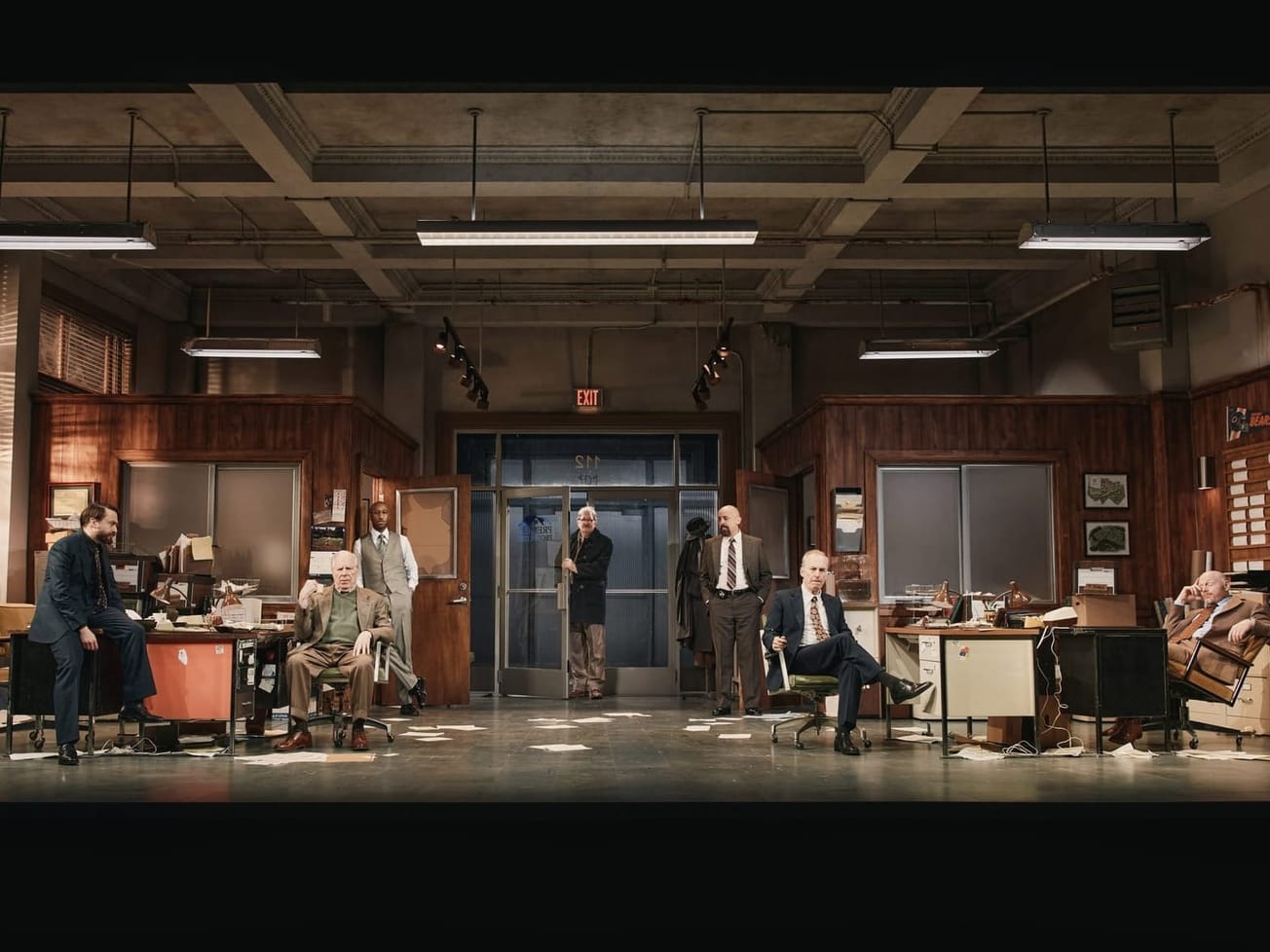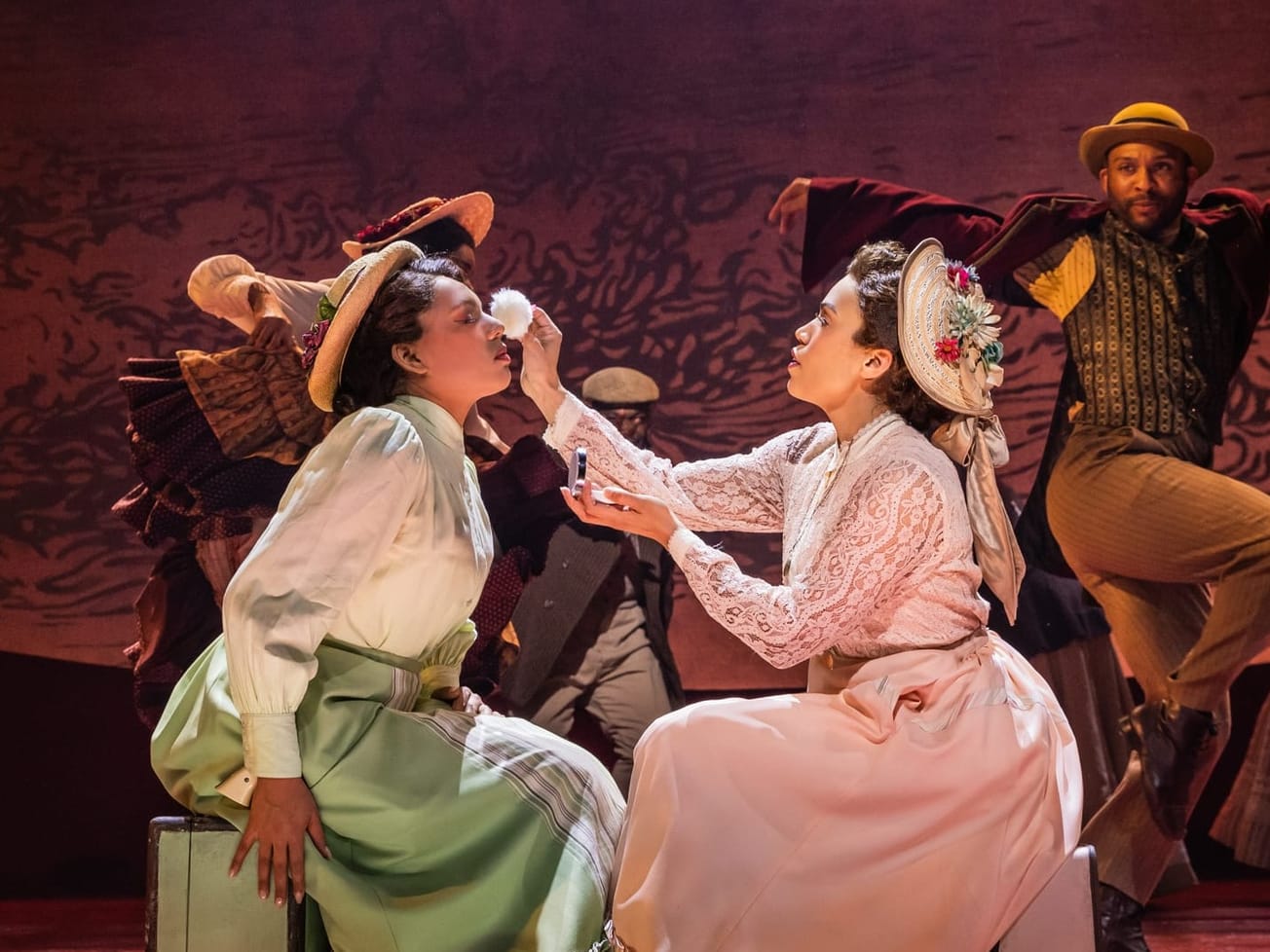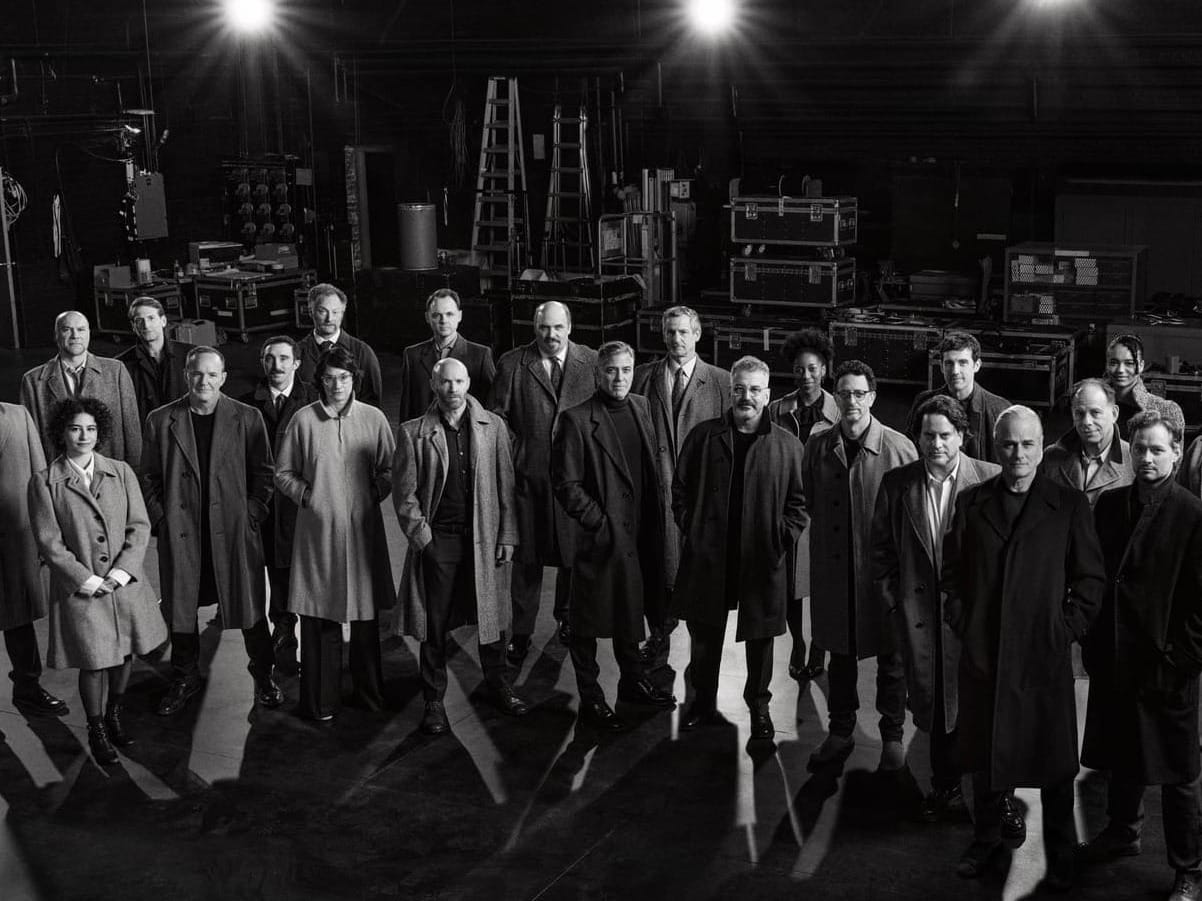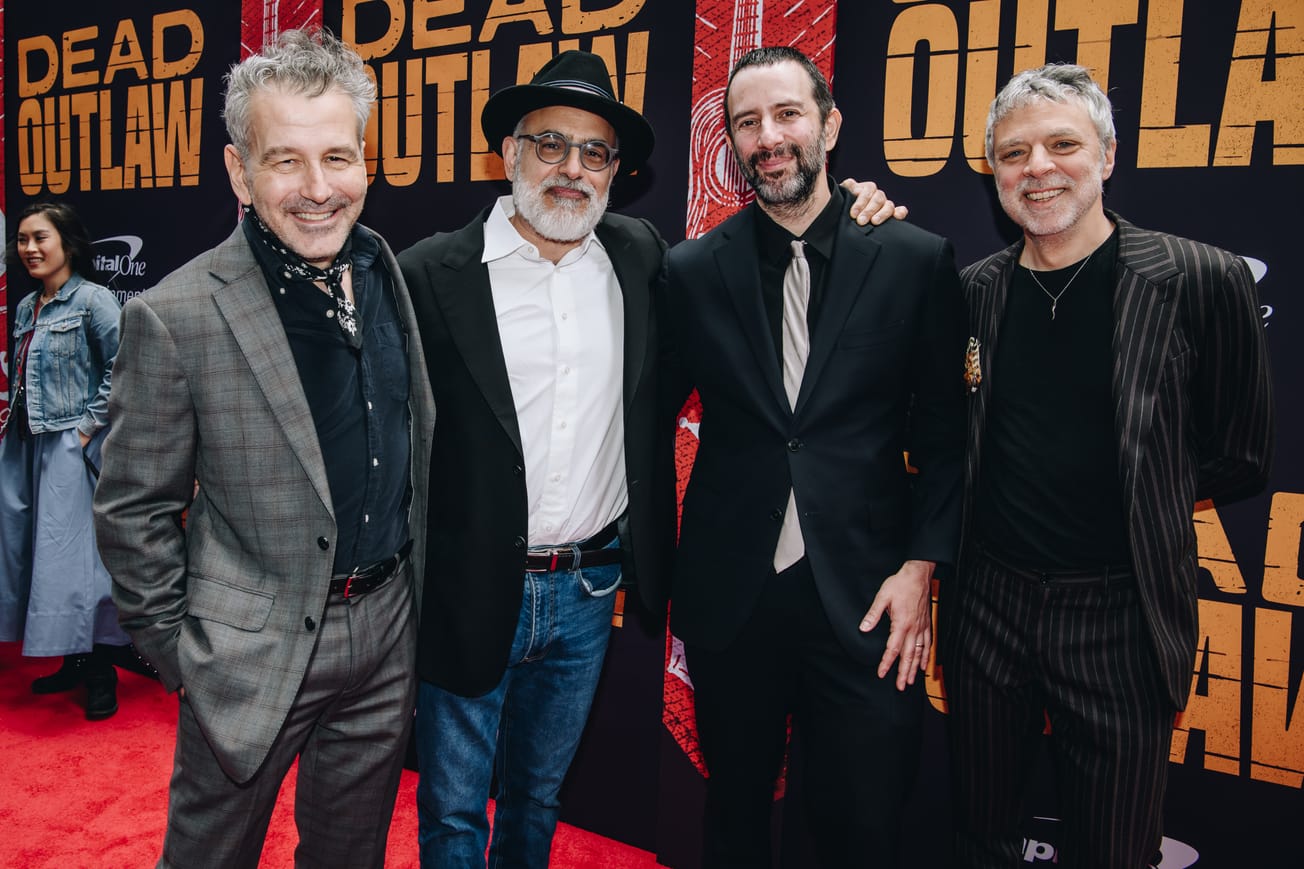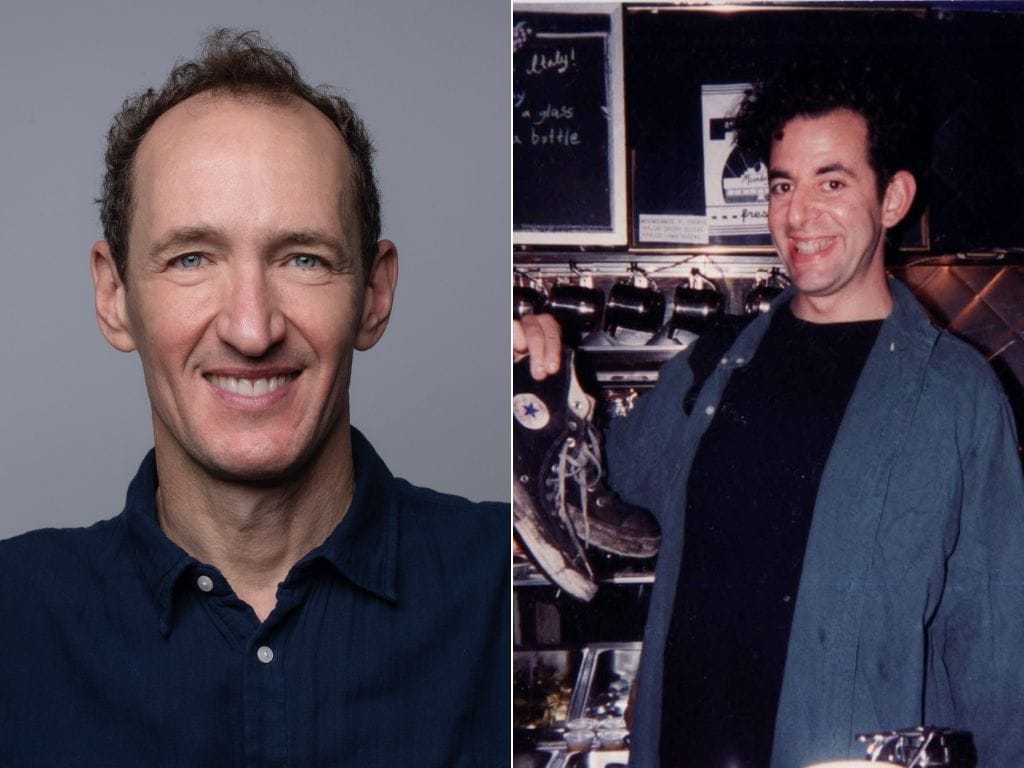If you’ve got a hit musical on your hands, there’s a natural order to things: First you play the West End and Broadway, then you play everywhere else.
But not “Six.” By the time the new musical starts Broadway performances Feb. 13, it will have already played Edinburgh (twice), the West End (ongoing), toured the U.K. and Ireland (also ongoing), held sit-down runs in Chicago, Boston, Edmonton, Canada and St. Paul, Minn., launched an Australian production in Sydney and traveled the world on a cruise line. This atypical route to Broadway has, contrary to conventional wisdom, helped the modestly scaled show with an unknown title become one of the most highly anticipated new musicals of the spring.
A more traditional strategy would have suggested holding back a brewing hit like “Six” for fear of weakening consumer anticipation and cannibalizing Broadway business. But as the producers saw it, greater brand awareness could only help the scrappy 80-minute show. Plus, even the best-laid plans must contend with the whims of theater availability.
“I think what we felt was this show was just different enough that it couldn’t go a conventional route to anywhere,” said Andy Barnes, one of the show’s producers.
Created by Toby Marlow and Lucy Moss during their student days at Cambridge, “Six” imagines the wives of Henry VIII as performers in an “American Idol”-style music competition. Its premiere as part of the Edinburgh Fringe Festival in 2017 quickly attracted notice from producers Wendy and Andy Barnes and Kenny Wax (“The Play That Goes Wrong”), who saw the show at the behest of composer George Stiles (“Mary Poppins”), an old friend of Marlow’s family.
Once all three producers, plus Stiles, teamed up to back “Six,” the first step was to test the West End waters with a series of performances over four Monday nights in late 2017 and early 2018 at the 350-seat Arts Theater, where Wax was already producing “Mischief Movie Night.” Those four shows sold out and two more late night performances were added, a strong response that the producing team parlayed into the musical’s next stint: a return to Edinburgh during the summer of 2018.
“Ordinarily you’ve got to be a crazy person to take your show to the Edinburgh Festival, because the economics are not stacked in your favor,” Wax said. “But that run brought the show to the attention not only of a young audience, but also an international audience.”
Barnes credits that Edinburgh engagement with sparking positive word of mouth for the production, leading to sold-out performances on the West End, where the show played a limited engagement, before touring the U.K and then returning to the West End in January 2019. “Six” continues to play there, back at the Arts, after recouping the £600,000 to £700,000 ($750,000 to $900,000) the producers had invested in the run.
The producing team then looked abroad, with Wax enlisting Kevin McCollum, with whom he’d worked on “The Play That Goes Wrong,” to help shepherd “Six” in the U.S.
“I immediately said, “‘This is a Broadway show,’” said McCollum, convinced by the musical’s contemporary themes and the innovative mashup of its concert-cum-narrative form. “But I said, ‘Look, I can’t get you a theater right now because there’s no availability.’”
Instead, the group planned to start the show’s North American life at the Chicago Shakespeare Theater, which had expressed interest in the musical and had previously worked with McCollum on “Ride the Cyclone.” The show also locked in a run at the Citadel Theater in Edmonton, Canada — where “Hadestown” had a pre-Broadway stint in 2017 — as it waited for a Broadway timeline to emerge.
“We decided to do Edmonton so that regardless of what happened with Broadway availability, we wouldn’t be done after Chicago,” McCollum said. “And if Chicago gave us information about the show and what it needed and where it might go next, we could listen to it.”
Then, as a result of shifting schedules, “Six” was moved earlier in the Chicago Shakespeare season and thus was available when A.R.T. in Boston found a hole in its schedule it hoped to fill with the buzzy new musical.
All these runs, plus one more added at the Ordway in St. Paul prior Broadway, were the result of licensing deals between the producing theaters and the commercial producers Individually each not-for-profit theater produced the show in association with the original producers and paid the authors and the creative team a weekly fee for the rights for the use of their material.
“We’d elected to keep everybody working,” said McCollum. (“Six” has had the same American cast since its Chicago bow.) “And every time we did the show, we had new sets of auditions for alternates and all that. It just kept up the health of the show, even though we weren’t doing great with it in terms of economics because none of these productions were our productions. At least we were keeping the show alive.”
Of all the pre-Broadway activities on the “Six” schedule, probably the most head-turning was the decision to license “Six” to Norwegian Cruise Lines beginning September 2019. Traditionally, a Broadway musical will play ships at the end of its lifespan, not the beginning.
“The wonderful thing about cruise ships is they can provide some very powerful economics,” McCollum said, adding that the 80-minute “Six” was the perfect candidate to play a cruise in its full, uncut form.“It meant we could take our show to everywhere around the world, with people from all around the world who might have years before they see us [on a tour or in a regional or international production],” he continued. “So actually it’s a commercial. It’s not going to hurt our business.”
And so, as the show arrives at the Brooks Atkinson Theatre on Broadway, it brings with it an audience cultivated abroad and at home. As it traveled, the show has also amassed a large online following, as the studio cast recording of “Six” currently streams an average of 450,000 times per day, according to producers, and just hit 100 million streams across Apple and Spotify, making the show the second highest audio streaming musical in the world right now, after “Hamilton.”
The winding road to Broadway has also helped the producers better understand the show’s audience and determine how best to market to it as it grows to Broadway and beyond.
“Our biggest traction has always come from digital marketing,” Barnes said. “Generally younger people go, ‘I really want to see this,’ and they come with their Mum or with their Grams, who then see it and go, ‘I’m going to take all my girlfriends to see this.’ The show’s now got a whole wider demographic of audience that started through a digital, online, younger demographic.”
Creatives, meanwhile, have gained the helpful experience of seeing their musical in theaters of all sizes, and tweaking it accordingly. For her part, Moss considers the production’s laid-back, fun vibe to be the most important aspect to maintain, no matter how big the house.
“It’s something that consistently we’ve been trying to hold onto and recreate since Edinburgh,” she said. “We’re trying to keep that fringe-y connection with the audience.”



















































